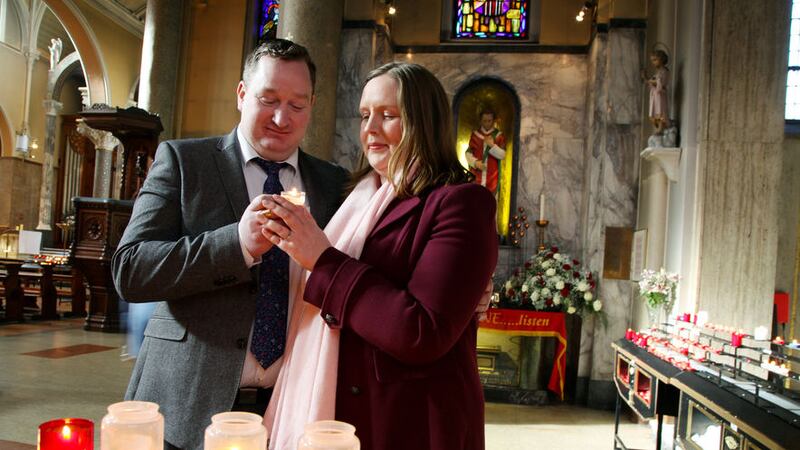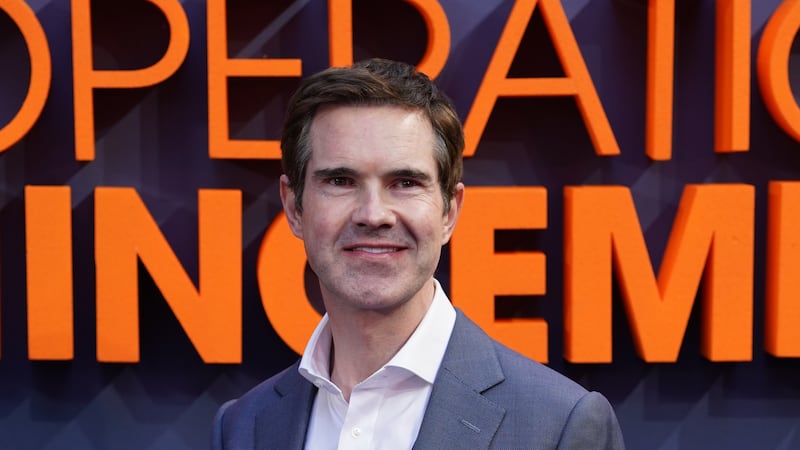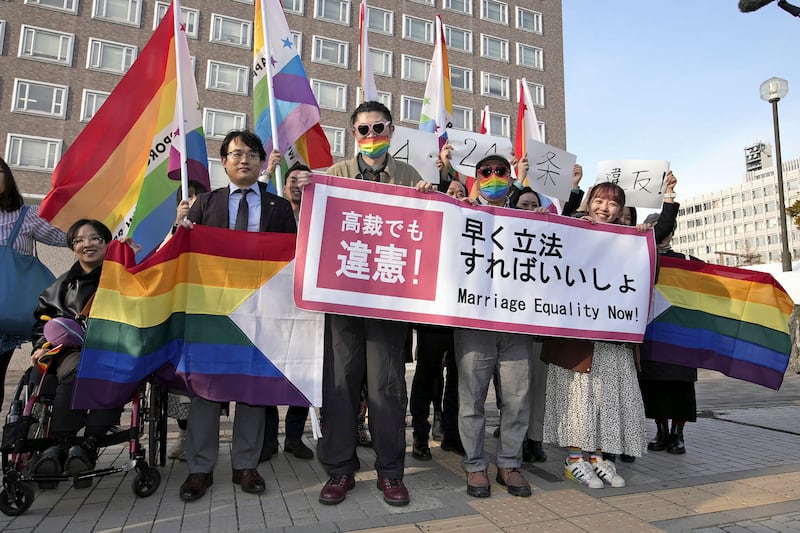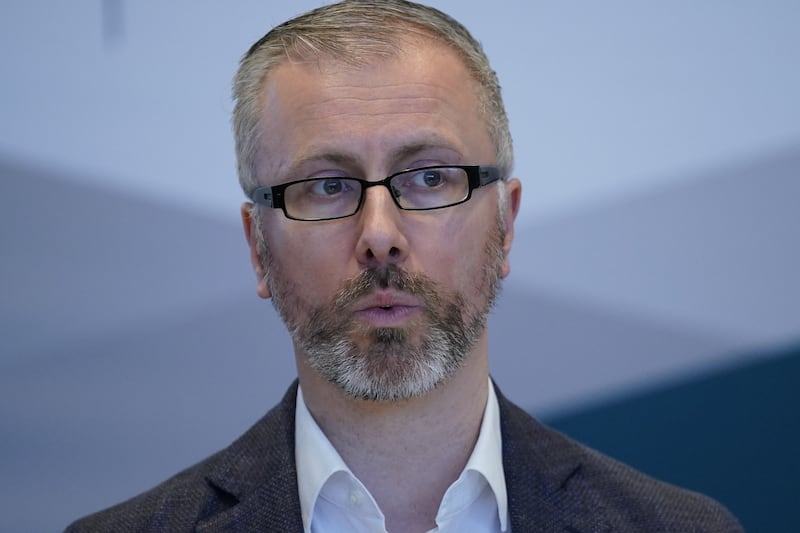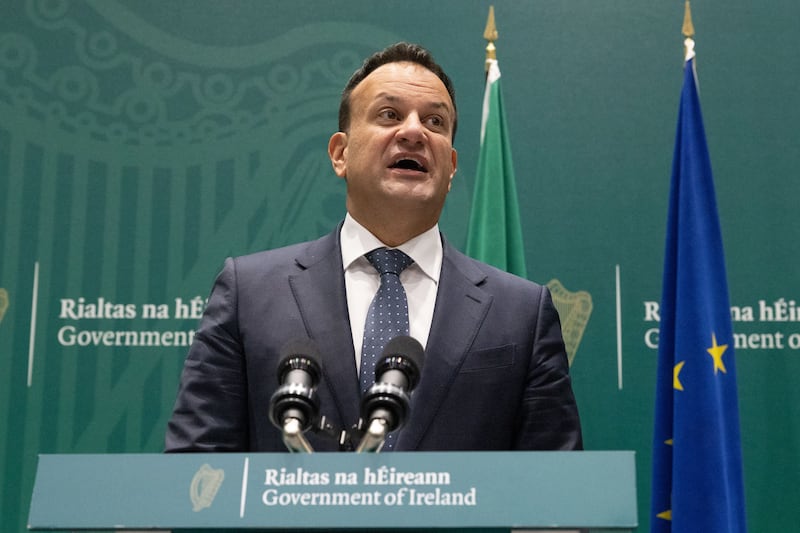MARRIAGE in Northern Ireland - as elsewhere in these islands - is in decline.
Forty years ago, there were 12,000 marriages annually here. Despite an increase in population, there were only 8,355 in 2015.
This fact is rarely highlighted or talked about by policy-makers and politicians, nor even among our Churches.
That is why we in the Iona Institute, an organisation devoted to promoting the place of marriage and religion in society, commissioned a report that you may have read about in this newspaper or heard me speak about on other media.
Our report, Mind the Gap: Marriage and Family by Social Class in Northern Ireland, looks not merely at marriage overall, but more specifically at a huge and disturbing 'marriage gap' that exists here, as in other countries, between the social classes.
Basically, the most socially disadvantaged people in our community have only half the chance of getting married as the most well off.
To put it another way, middle class people are far more likely to marry than those from the working class.
This gap is much bigger than the gender pay gap, which receives so much attention. No matter what your position is on marriage and the family overall, this huge gap should be a matter of concern to everyone, across the political divide.
We thought it fitting to launch our report and thus highlight this issue yesterday, St Valentine's Day, the second most popular date for couples to get engaged after Christmas.
The figures in our report are derived from the Northern Ireland Statistics and Research Agency.
They show that over 60 per cent of upper professional workers aged 18-49 are married, compared with just 32 per cent of unskilled or elementary workers.
We concentrated on the age group 18-49 because it is in these years that people first become parents; the fewer in this age group that are married, the greater will be the consequences for children.
The huge marriage gap indicates that there are formidable social impediments to marrying if you are from a socially disadvantaged group.
Social disadvantage clearly diminishes a person's chances of marrying; and not marrying, in turn, increases the odds of remaining socially disadvantaged. It is a vicious circle.
In the United States a study by the non-partisan Brookings Institution has shown that if Americans married at the same rate in 2001 as in 1970, rates of poverty would have diminished by between 20 per cent and 30 per cent.
This would make it one of the greatest anti-poverty measures in history.
It can be argued that many of those who enter lone parenthood are poor to begin with, and that is obviously true.
The most socially disadvantaged people in our community have only half the chance of getting married as the most well off. No matter what your position is on marriage and the family overall, this huge gap should be a matter of concern to everyone, across the political divide
Nonetheless, a family headed by two adults is less likely to be poor than a household headed by one parent because there is a greater likelihood that at least one income is coming into that household.
As our report shows, children from disadvantaged backgrounds are far less likely to live in households headed by two married parents than children from better off backgrounds.
This stands to reason. If marriage is in decline, especially in working class areas, then fewer children are going to be raised by married parents.
Our report finds that in upper income groups only 14 per cent of parents are unmarried.
This compares with 36 per cent of parents in unskilled occupations and 48 per cent of parents not in employment.
Conversely, we find that the further up the social ladder you go the less chance there is that a child is being raised by a lone parent.
Only 6 per cent of parents in the upper income group are lone parents versus 21 per cent of those in unskilled occupations and 37 per cent of those not in employment.
Parenting by cohabiting couples goes up as household income falls. Eight per cent of parents in the upper occupational group are cohabiting, compared with 15.5 per cent among unskilled workers.
Cohabiting parents are far more likely to split up than married parents.
For example, in 2009, Harry Benson of the Bristol Community Family Trust, using the British Millennium Cohort Study, found that 27 per cent of cohabiting couples have split up by the time their child is five years of age, compared with just 9 per cent for married couples.
None of this is to criticise those parents who don't marry. It is simply pointing to the facts.
The goal of reducing this appalling social chasm in marriage opportunity should urgently engage policymakers, opinion formers, politicians and Churches
Another fact is that fathers are much less likely to have contact with their children if they are not married to the mother.
A major study in the Republic called Watch them Grow tracked the involvement of 'non-resident fathers' with their children over time.
When the children in the study had reached the age of three, a third of mothers no longer had any contact with the fathers of their children.
If we value the role of fathers in the lives of their children, this should be of huge concern to us.
As Martin McAleese said a few years ago, we have a "blind spot" when it comes to discussing the role of fathers in family life.
Why is it that lower income earners are far less likely to be married than higher income earners?
One big factor is precisely low pay and job insecurity. People are less likely to marry if they feel financially insecure.
There are also disincentives to marry built into the social welfare system. It can be more financially advantageous for two people on social welfare to remain single than to marry.
A significant number of families are also negatively impacted by an unfair tax regime that is prejudiced against single-earner married couples.
It is surely a significant disincentive for couples to marry if they know that they will be penalised financially if one partner chooses to stay at home to raise children or look after an elderly relative.
A further reason is that we tend to see marriage now as simply one more 'lifestyle choice' and we do not highlight its special importance to society and to children.
The fact that a large proportion of people in Northern Ireland feel they are too poor to get married is an issue of social justice and equality that cries out for public debate and for redress.
It is to be deeply regretted that our Assembly and Executive have been closed for more than 13 months and unable to address this.
The goal of reducing this appalling social chasm in marriage opportunity should urgently engage policymakers, opinion formers, politicians and Churches.
In the best interests of future generations this glaring divide is something that should be ignored no longer. We must at least be aware of it and talk about it.
- Tracy Harkin is spokesperson for the Iona Institute in Northern Ireland.
